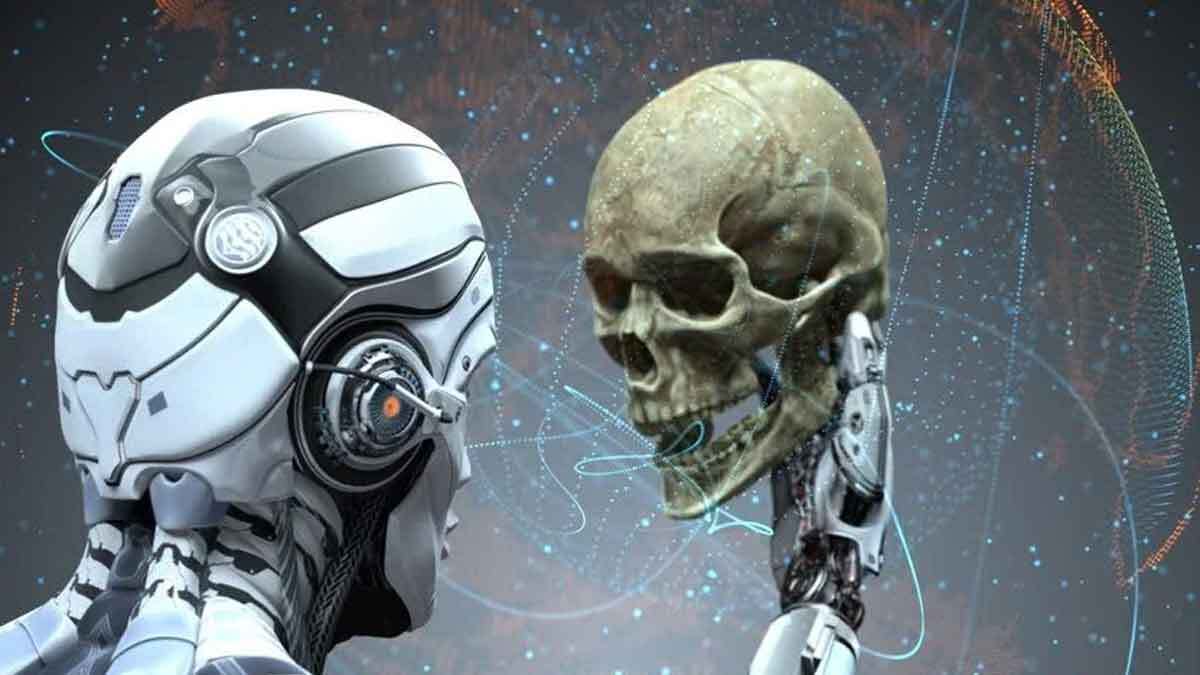01:19:00 am 07/30/2023
Viewed: 4932
Title: The Dawn of Superintelligent AI: Challenges, Timeline, and Safeguards
As we continue to witness the rapid advancement of technology, a question that often arises is: when will artificial intelligence (AI) reach a point where it can outsmart humans? While it's impossible to predict with absolute certainty, experts suggest that we could see AI surpass human intelligence within the next few decades. However, several significant hurdles must be overcome, and precautions must be taken to ensure the safety of humanity.
The Path to Superintelligence
The journey towards superintelligent AI, a form of AI that surpasses human intelligence in all fields, is fraught with challenges. The first hurdle is achieving Artificial General Intelligence (AGI), an AI capable of understanding, learning, and applying knowledge across a wide range of tasks, much like a human. Current AI systems excel in specific, narrow tasks but lack the ability to transfer knowledge between different domains.
Another significant challenge is imbuing AI with common sense reasoning, the intuitive ability humans have to make sense of the world based on everyday experiences and understanding. Despite advances in machine learning, AI still struggles with tasks that require this type of reasoning.
Finally, there's the challenge of value alignment, ensuring that AI systems' goals align with human values. This is crucial to avoid unintended consequences as AI systems become more autonomous.
Timeline and Predictions
Given the complexity of these challenges, it's difficult to predict a precise timeline for when AI might surpass human intelligence. Some experts suggest it could happen within the next few decades, while others believe it could take a century or more. The timeline will depend on various factors, including the pace of technological advancement, the amount of resources invested in AI research, and our success in overcoming the aforementioned challenges.
Safeguarding Humanity
As we move towards a future where superintelligent AI could become a reality, it's crucial to implement safeguards to protect humanity. Here are a few strategies:
Regulation and Oversight: Governments and international organizations need to establish regulations and oversight mechanisms to guide the development and deployment of AI. This could include safety standards, transparency requirements, and measures to prevent the misuse of AI.
Research into AI Safety: We need to invest in research to make AI systems safe and to ensure that we can control advanced AI. This includes work on value alignment, interpretability, and robustness.
Public Engagement: It's important to involve the public in decisions about AI and its implications for society. This could be achieved through public consultations, education initiatives, and efforts to increase transparency around AI development.
International Cooperation: The challenges posed by AI are global in nature, and addressing them will require international cooperation. This could involve sharing research, coordinating on regulations, and working together to manage the global risks associated with advanced AI.
In conclusion, while the prospect of superintelligent AI raises complex challenges and uncertainties, with careful planning, robust safeguards, and international cooperation, we can navigate towards a future where AI benefits all of humanity.
As we continue to witness the rapid advancement of technology, a question that often arises is: when will artificial intelligence (AI) reach a point where it can outsmart humans? While it's impossible to predict with absolute certainty, experts suggest that we could see AI surpass human intelligence within the next few decades. However, several significant hurdles must be overcome, and precautions must be taken to ensure the safety of humanity.
The Path to Superintelligence
The journey towards superintelligent AI, a form of AI that surpasses human intelligence in all fields, is fraught with challenges. The first hurdle is achieving Artificial General Intelligence (AGI), an AI capable of understanding, learning, and applying knowledge across a wide range of tasks, much like a human. Current AI systems excel in specific, narrow tasks but lack the ability to transfer knowledge between different domains.
Another significant challenge is imbuing AI with common sense reasoning, the intuitive ability humans have to make sense of the world based on everyday experiences and understanding. Despite advances in machine learning, AI still struggles with tasks that require this type of reasoning.
Finally, there's the challenge of value alignment, ensuring that AI systems' goals align with human values. This is crucial to avoid unintended consequences as AI systems become more autonomous.
Timeline and Predictions
Given the complexity of these challenges, it's difficult to predict a precise timeline for when AI might surpass human intelligence. Some experts suggest it could happen within the next few decades, while others believe it could take a century or more. The timeline will depend on various factors, including the pace of technological advancement, the amount of resources invested in AI research, and our success in overcoming the aforementioned challenges.
Safeguarding Humanity
As we move towards a future where superintelligent AI could become a reality, it's crucial to implement safeguards to protect humanity. Here are a few strategies:
Regulation and Oversight: Governments and international organizations need to establish regulations and oversight mechanisms to guide the development and deployment of AI. This could include safety standards, transparency requirements, and measures to prevent the misuse of AI.
Research into AI Safety: We need to invest in research to make AI systems safe and to ensure that we can control advanced AI. This includes work on value alignment, interpretability, and robustness.
Public Engagement: It's important to involve the public in decisions about AI and its implications for society. This could be achieved through public consultations, education initiatives, and efforts to increase transparency around AI development.
International Cooperation: The challenges posed by AI are global in nature, and addressing them will require international cooperation. This could involve sharing research, coordinating on regulations, and working together to manage the global risks associated with advanced AI.
In conclusion, while the prospect of superintelligent AI raises complex challenges and uncertainties, with careful planning, robust safeguards, and international cooperation, we can navigate towards a future where AI benefits all of humanity.
No video exists.





Comments